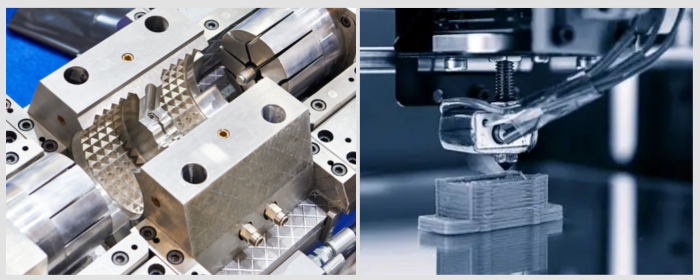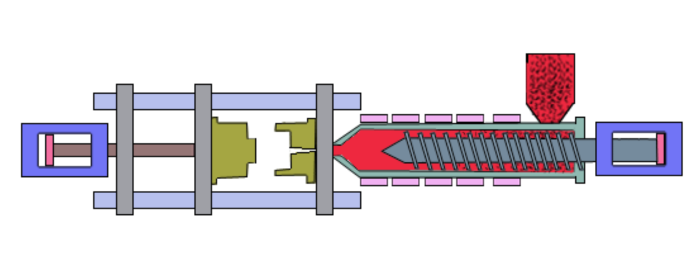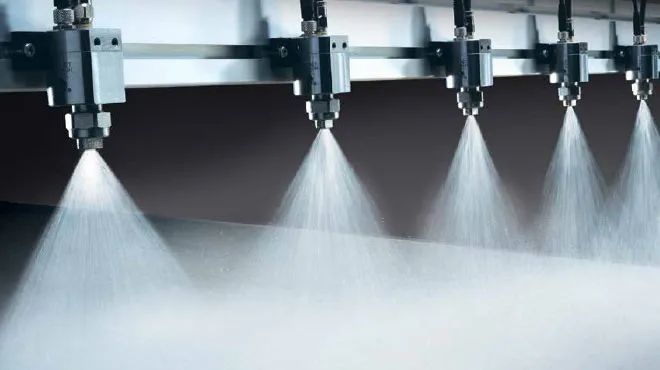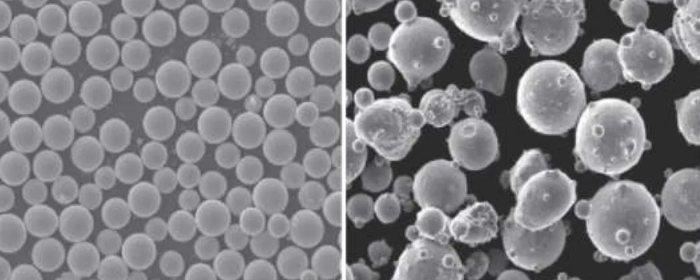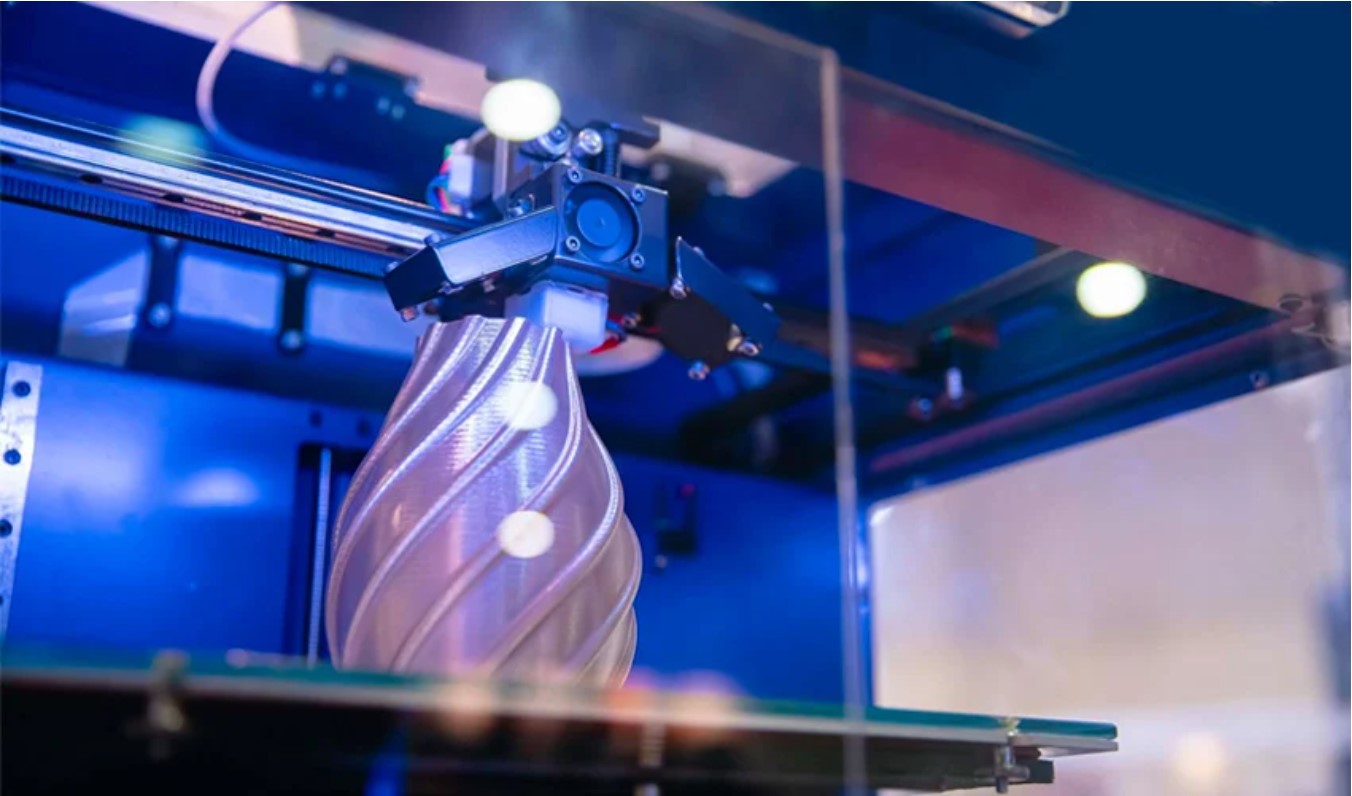

Compared to traditional manufacturing, 3D printing can form objects of any complex shape without the requirement of special molds. The process is easy to handle, has a shorter production cycle, and is highly precise, offering superior advantages in use. Materials used in 3D printing include metals and polymers, with titanium alloy powder being the most widely used metal. Then, what are the main usages of 3D-printed titanium powder?
Titanium alloys have advantages such as high temperature resistance, corrosion resistance, excellent strength, low density, and biocompatibility. In contrast with metals used in human hard tissue reconstruction, the elastic modulus of titanium (80–110 GPa) is most similar to that of human bone, reducing mechanical mismatch between implants and bone. Thus, titanium alloys have broad medical applications and are increasingly desired by doctors and patients.
Pure Ti and Ti-6Al-4V were the two that were widely used in early clinical titanium alloys. Pure Ti was initially used in biomedical applications by the U.S. and U.K. in the mid-20th century. Pure Ti offers good corrosion resistance in physiological fluids, but poor strength and wear resistance limit its use in bearing loads, and therefore, it is mostly utilized in dental repair and small bone replacement. On the contrary, Ti-6Al-4V offers better strength and workability. Initially designed for use in space, by the late 1970s, it had become an accepted surgical material used in cranial plates, screws for bones, etc. However, since Al and V are harmful to human beings, research has shifted to Al/V-free β-type titanium alloys like TiZrNbSn and Ti-24Nb-4Zr-7.6Sn.
Today, 3D printing is used in orthopedics for surgical guides and bone implants. Surgical guides are 3D-printed replicas of excised or injured bone segments, guiding surgeons through planning incisions, drilling holes, and depths—improving accuracy, reducing risk, reducing surgery time, and alleviating patient pain. Porous and lightweight 3D-printed bone implants promote tissue growth. Custom-made implants also adapt to the patient's anatomy, reaching almost natural bone results after surgery.

Titanium mandibular implant
Dental uses require speedy customization, thin structures, and miniaturization, where metal 3D printing takes the cake. Items stretch from crowns and bridges to orthodontic brackets, denture bases, and dental screws. Traditional methods are sluggish and cannot deliver customization or handle high-hardness materials. 3D printing bypasses all these constraints by producing precise dental implants directly from titanium powder by 3D data.
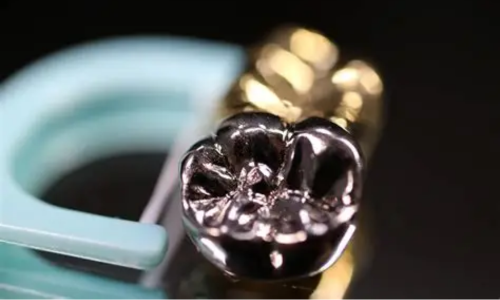
Titanium crown
Traditional forged/cast titanium parts are everywhere in advanced technology applications, but high cost, complex processing, and long lead times limit their applications—especially in aerospace, where customization is critical.
Aerospace needs light and high-strength, and 3D-printed metal parts meet these demands. Firstly, 3D printing makes rapid prototyping possible and saves R&D time. Additive manufacturing also has ~90% material efficiency and saves costs. Without the requirement for conventional complex processes, manufacturing is rapid, and complex geometries are possible.
The titanium alloy powder predominantly used in aircraft engines include Ti-6Al-4V, Ti-8Al-1Mo-1V, and Ti-5Al-5Mo-5V-1Cr-1Fe, while β-21S and beta-C are more commonly applied in aircraft fuselage components. GE utilized 3D printing to manufacture Ti-6Al-4V fuel nozzles for LEAP engines, merging 20 components into one, saving 25% of the weight and tuning fuel flow. NASA merged 115 rocket injector components into two pieces of titanium powder with the help of LPBF, eliminating 95% of welds.
The alloy composition determines its specific applications. Concurrently, to create high-quality 3D printed parts out of titanium alloy, powder must meet certain stringent requirements. Factors such as sphericity, particle size, oxygen content, and hollow particle rate all directly affect the printing outcome.
Mainstream 3D Printing Titanium Powders
|
Alloy Grade |
Typical Applications |
Compatible Processes |
|
Aircraft structures, engine mounts, medical implants |
SLM/LPBF, EBM |
|
|
Aerospace load-bearing parts, implants |
SLM/LPBF |
|
|
Rocket fuel tanks, cryogenic parts |
EBM |
|
|
TiAl (γ-TiAl) |
Turbine blades, high-temperature rings |
LPBF |
|
Ti-5553 |
Aircraft landing gear |
EBM |
|
Compressor blades, high-temperature casings |
LPBF |
|
|
CP-Ti (Grade 2/4) |
Chemical pipes, non-load-bearing aerospace parts |
SLM |
Key Requirements for 3D Printing Titanium Powder:
|
Parameter |
Requirement |
Impact |
|
Sphericity |
>95% |
Powder flow, layer uniformity |
|
Particle Size |
15–53 μm (SLM), 45–106 μm (EBM) |
Precision, surface quality |
|
Oxygen Content |
<0.15% (TC4), <0.10% (medical) |
Prevents brittleness, affects strength |
|
Hollow Particles |
<1% |
Reduces porosity defects |
Stanford Advanced Materials (SAM) boasts over two decades of experience in manufacturing and selling titanium alloy powders. For more information about our titanium alloy powders, please visit here: Titanium.
To meet customer needs, SAM offers customized 3D printing metal powders with tailored particle sizes, compositions, and purity levels.
Get a quote today.
1. Why is titanium powder widely used in 3D printing?
Titanium alloys possess high strength, light weight, and corrosion resistance, making them appropriate for aerospace, medical, and industrial applications.
2. Is 3D printing titanium safe for medical implants?
Yes, specifically Ti-6Al-4V ELI (extra-low interstitial) and β-type alloys (e.g., Ti-Nb-Zr), which also avoid toxic additives like vanadium.
3. What industries beyond aerospace and medical use 3D-printed titanium?

